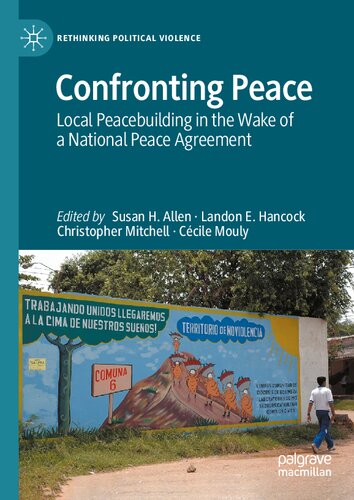

Most ebook files are in PDF format, so you can easily read them using various software such as Foxit Reader or directly on the Google Chrome browser.
Some ebook files are released by publishers in other formats such as .awz, .mobi, .epub, .fb2, etc. You may need to install specific software to read these formats on mobile/PC, such as Calibre.
Please read the tutorial at this link. https://ebooknice.com/page/post?id=faq
We offer FREE conversion to the popular formats you request; however, this may take some time. Therefore, right after payment, please email us, and we will try to provide the service as quickly as possible.
For some exceptional file formats or broken links (if any), please refrain from opening any disputes. Instead, email us first, and we will try to assist within a maximum of 6 hours.
EbookNice Team

Status:
Available5.0
37 reviewsMost recent works about the efforts of local communities caught up in a civil war have focused on their efforts to remain places of security and safety from the violence that surrounds them—neutral peace communities or zones. This book, in contrast, focuses on local peace communities facing new challenges and opportunities once a peace agreement has been signed at the national level, such as those in South Africa, the Philippines, Burundi, East Timor, Sierra Leone, and the present peace process in Colombia between the FARC and the Colombian Government. The communities’ task is to make a stable and durable peace in the aftermath of a violent civil war and a deal on which local people have usually had little or no influence. Such agreements seek to involve them in both short and longer term peace-building, and expect local communities to cope with problems of armed ex-combatants, IDPs and refugees, law and order in the absence of much state presence, high unemployment and the need for widespread and massive reconstruction of physical infrastructure damaged or destroyed during the war. How local communities have coped with the demands of “peace” is thus the theme that runs through each of these individual chapters, written by authors with direct experience of grassroots communities struggling with such “problems of peace.”